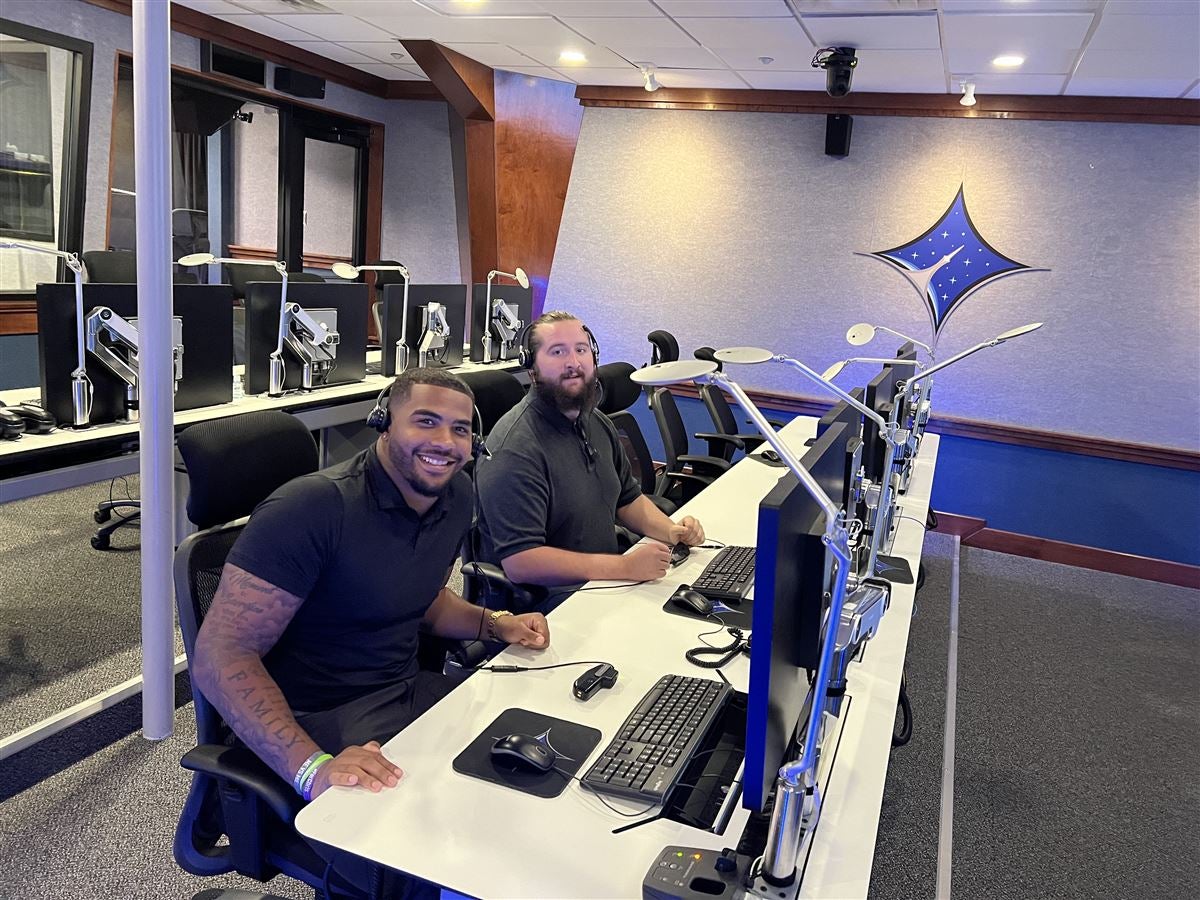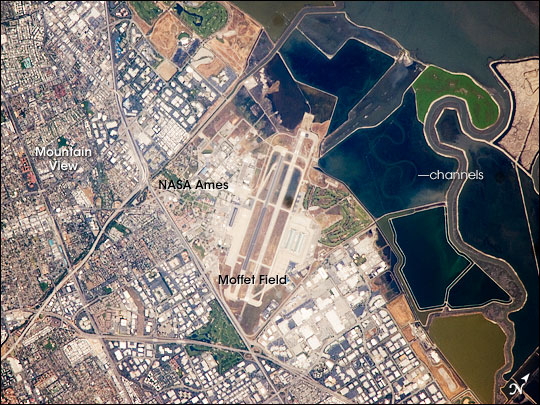

Related: Lunar eclipses 2023: When, where & how to see them November 28: A partial lunar eclipse will occur today! Some parts of the partial lunar eclipse should be visible over Europe, Asia, Australia, Africa, North America, North/East South America, the Pacific, Atlantic and Indian Oceans, the Arctic and Antarctica.
Nasa florida history full#
28: The full moon of October, known as the Hunter's Moon, will occur at 4:24 p.m. 20: The Orionid meteor shower peaks tonight! The shower is active between Sept. Related: Solar eclipses 2023: When, where & how to see them 14: An annular solar eclipse will cross North, Central and South America today! 14: The new moon will arrive at 1:55 p.m. 8: The Draconid meteor shower peaks tonight! The shower is active between Oct. EDT (1438 GMT) from the Kennedy Space Center, Florida. The spacecraft will travel to the asteroid Psyche and enter orbit in 2029. Oct: 5: A SpaceX Falcon Heavy rocket will launch NASA's Psyche asteroid mission. 29: The full moon of September, known as the Harvest Moon, will occur at 5:58 a.m. Sept 14: The new moon will arrive at 9:40 p.m. A Japanese H-2A rocket, will launch the X-Ray Imaging and Spectroscopy Mission, or XRISM, a joint project between the Japan Aerospace Exploration Agency and NASA from Tanegashima Space Center, Japan.EDT (0236 GMT Aug 31).Īlso scheduled to launch in August (from Spaceflight Now ): 30: The second full moon in August is known as the Blue Moon as it's the second full moon in a calendar moon.

24: The moon will pass in front of one of the brightest and most colorful stars in the sky, Antares.Īug. 17: A SpaceX Falcon 9 will launch a Crew Dragon spacecraft on the program's 12th crewed flight.Īug. 16: The new moon will arrive at 5:38 a.m. 11: The Perseid meteor shower peaks tonight! The prolific shower is active from mid-July until late August.Īug. 1: The full moon of August, known as the Sturgeon Moon, will arrive at 2:32 p.m.

June 21: A United Launch Alliance Delta 4-Heavy rocket will launch a classified spy satellite cargo for the U.S. June 21: Today marks the summer solstice in the Northern Hemisphere and the winter solstice for the Southern Hemisphere. June 18: The new moon will arrive at 12:37 a.m. June 17: A SpaceX Falcon 9 rocket will launch the Satria communications satellite for the Indonesian government and the Indonesian satellite operator PSN from Cape Canaveral Space Force Station, Florida. June 16: Arianespace will launch the Syracuse 4B and Heinrich Hertz communications satellite on an Ariane 5 rocket from Kourou, French Guiana. June 12: A SpaceX Falcon 9 rocket will launch the Transporter 8 mission, a rideshare mission to sun-synchronous orbit from Vandenberg Space Force Base, California. Related: Starlink satellite train: How to see and track it in the night sky The launch is scheduled for between 3:56-7:25 a.m. June 9: A SpaceX Falcon 9 rocket will launch another batch of Starlink satellites from Cape Canaveral Space Force Station, Florida.


 0 kommentar(er)
0 kommentar(er)
